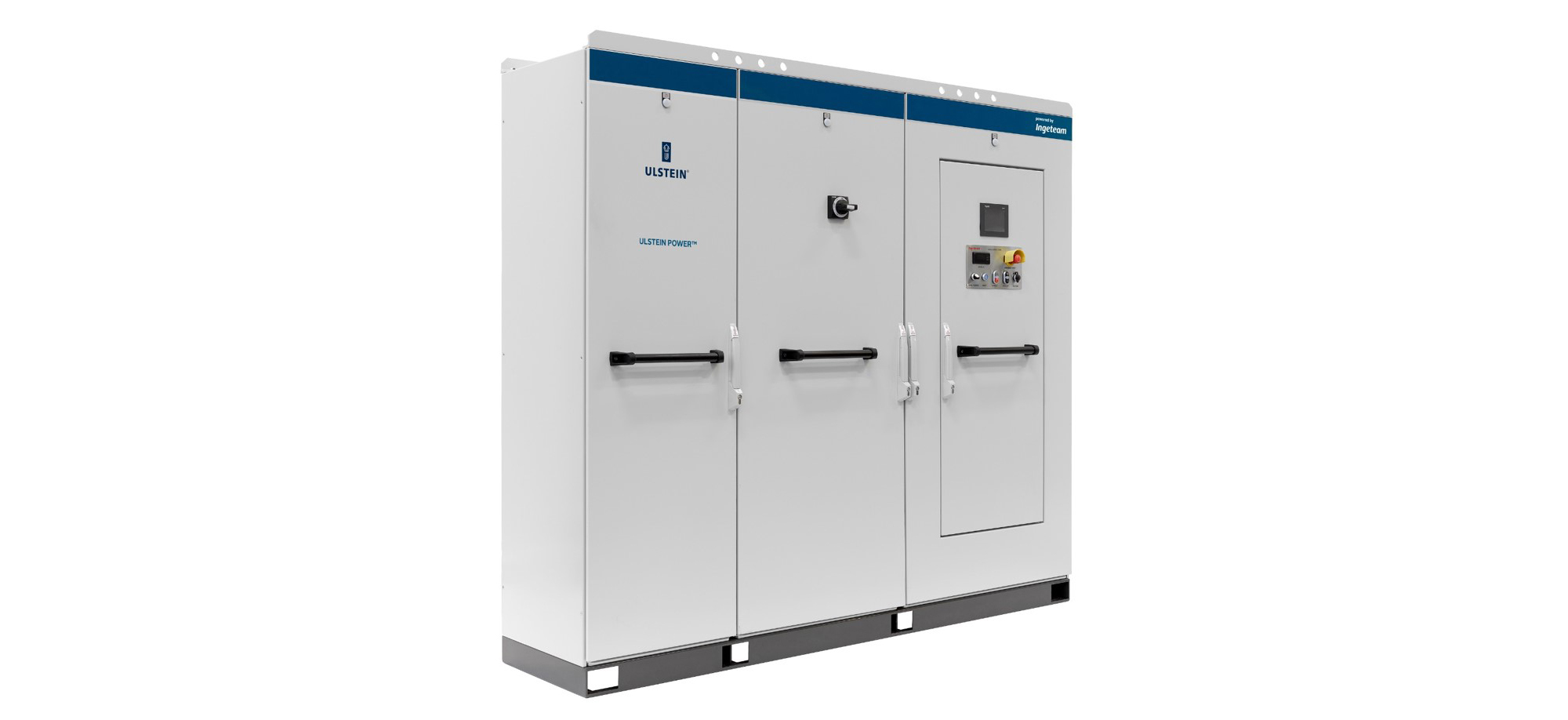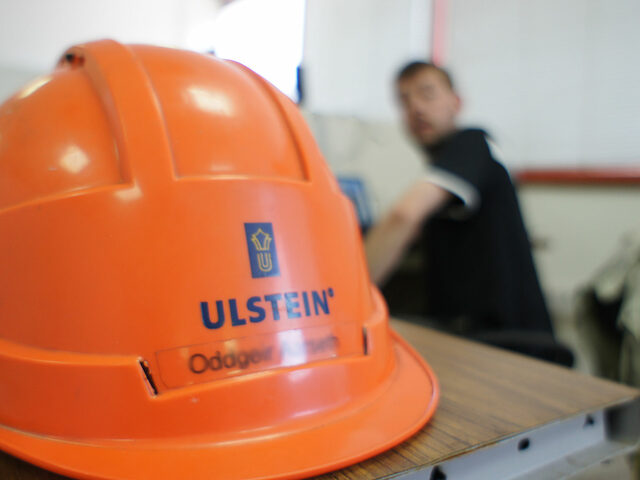Fuel savings with DC switchboard solutions
Green technology, including batteries, fuel cells, solar, and wind power, is generally now offered as power sources in vessels. However, to take full advantage of such systems, a change in the power distribution systems on vessels, utilising optimised fuel efficiency and environmental performance, will be required.
Ulstein Power & Control offers direct current (DC) switchboard solutions with integrated drives to accommodate systems using variable speed engines and feed thrusters from integrated drives mounted in the DC switchboard. These solutions are complements to the range of alternating current (AC) switchboards previously delivered by the company and are currently in operation on 120+ vessels.
Up to 20 per cent fuel savings with DC solutions
DC switchboard solutions may cut fuel consumption and emissions significantly through variable-speed operation versus a fixed-speed AC system. Also, the wear-and-tear on the engines will be reduced, and, in the end, this reduces maintenance costs. In some cases, the fuel savings may be as much as 20 per cent when operating on DP and around 10 per cent in harbour and transit, dependent on engine load.
AC or DC – a choice based on the vessel's operational profile
DC solutions have their preferences in vessels requiring variable speed engines and connecting to DC power sources such as fuel cells and energy storage systems. Based on the vessel functionality, operation profile, notations, and system cost (CAPEX), Ulstein Power & Control proposes which system, either AC or DC, will be best suited to optimize vessel performance and environmental and operational cost (OPEX).)
Energy storage batteries, fuel cell systems and other equipment, such as frequency converters, can connect directly to the DC bus. Frequency converters can be delivered and integrated into the switchboard or in units distributed in the vessel.
AC switchboards are challenged by the introduction of renewable energy sources and energy storage systems that mostly use DC, requiring multiple DC-AC conversions. Such solutions require more power electronics, leading to higher conversion losses and greater complexity for the power system.
DC switchboards have their advantages for vessels with variable load requirements, such as platform supply vessels (PSVs), service operation vessels (SOVs) and cable-layers - vessels that mainly operate on dynamic positioning (DP) and receive better efficiency on low load operations. Battery storage systems may be connected to the DC switchboard and used as a spinning reserve to reduce the number of generators running but still maintain the requirement for redundancy.
The solutions offered range from two-split solutions to larger ring-configurated multi-split solutions with many segments, all solutions are protected and controlled by our ULSTEIN PMS and ULSTEIN IAS system.
Please contact us for an evaluation of which solution is best for your vessel.

Please contact us for more information

